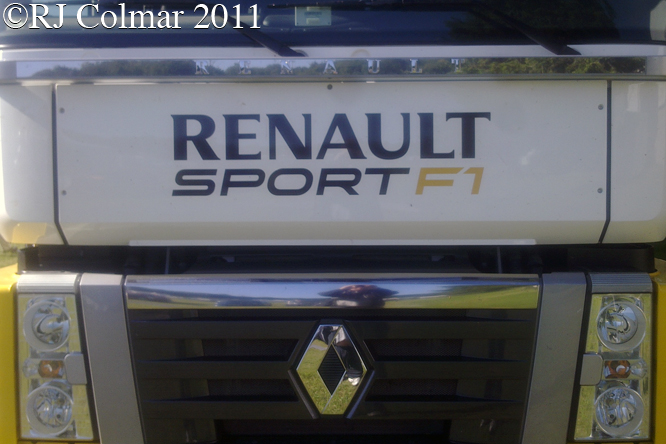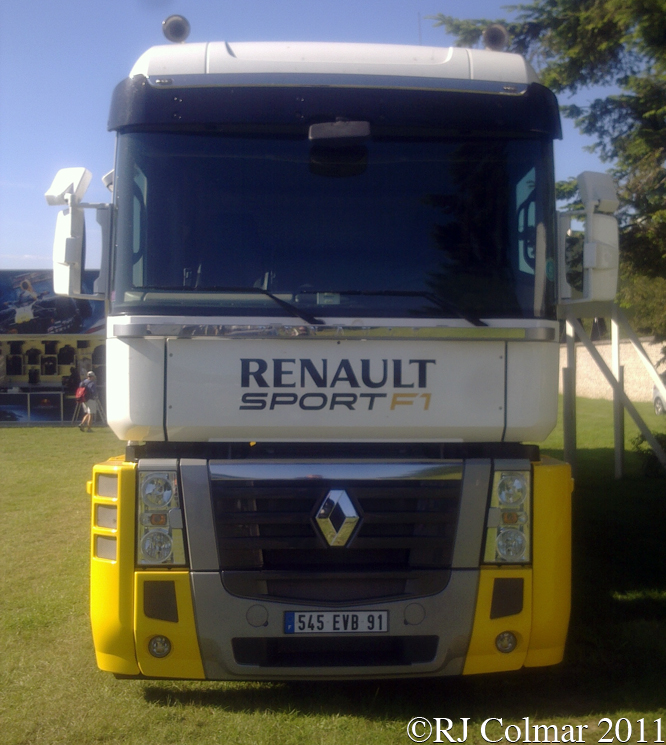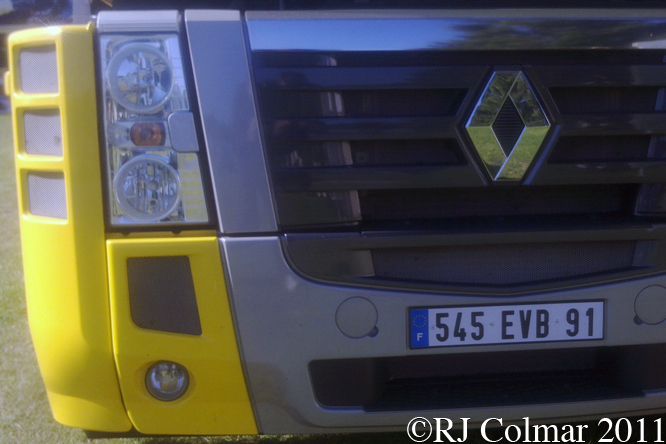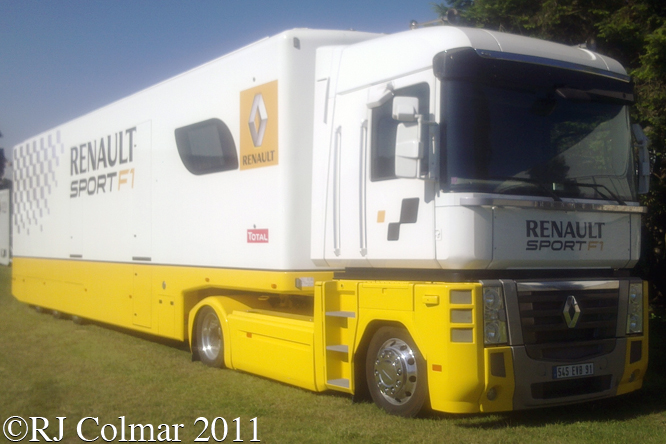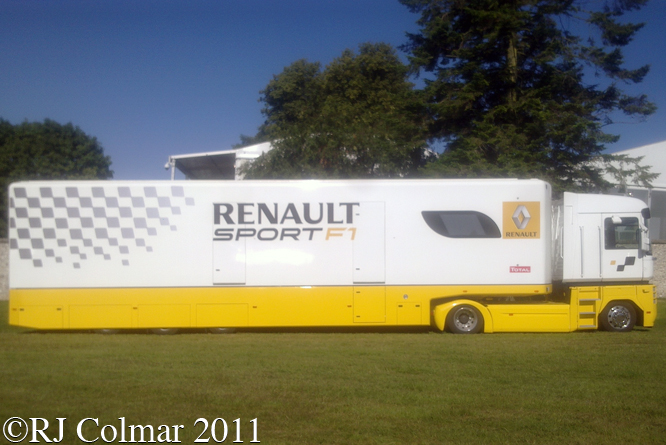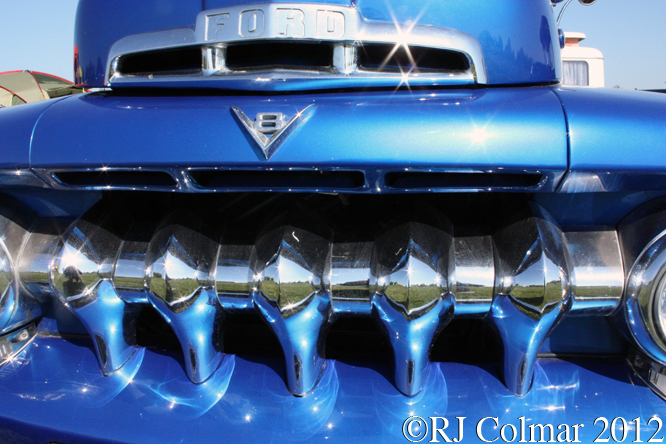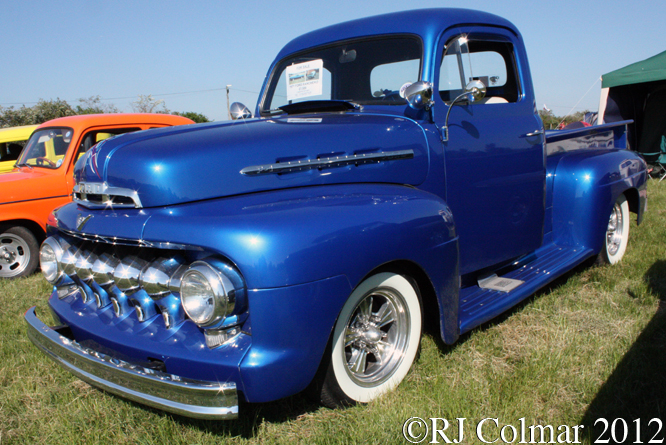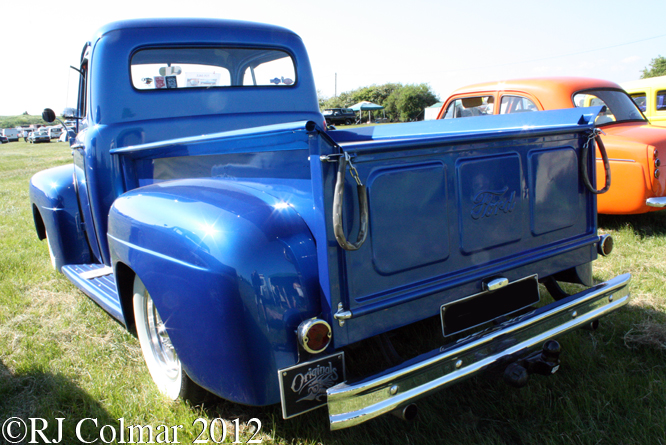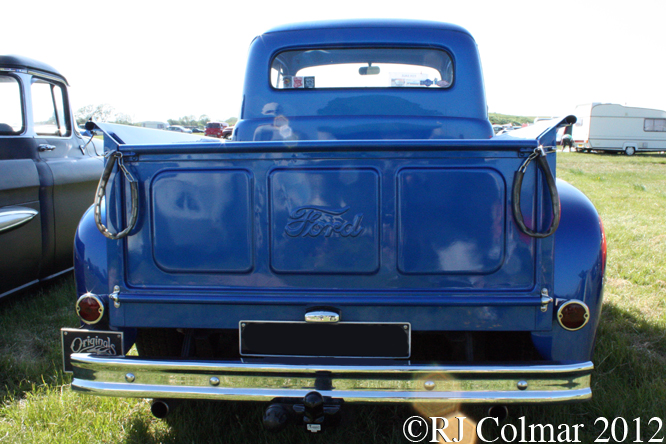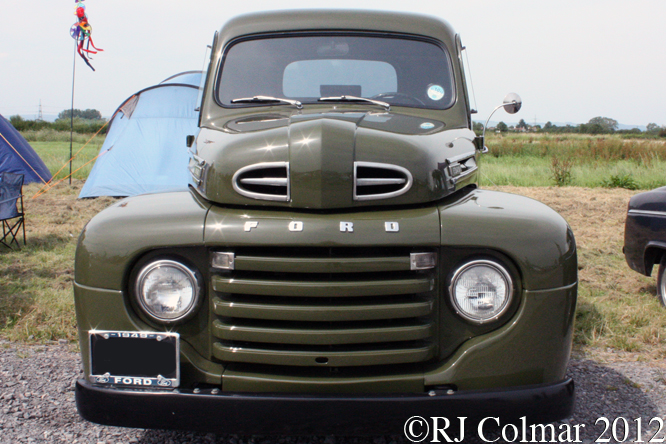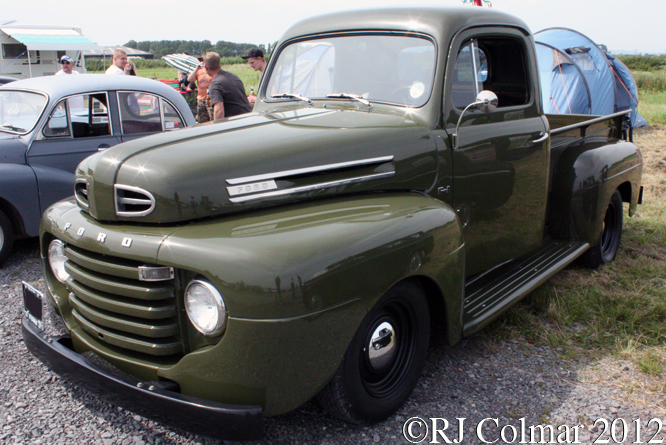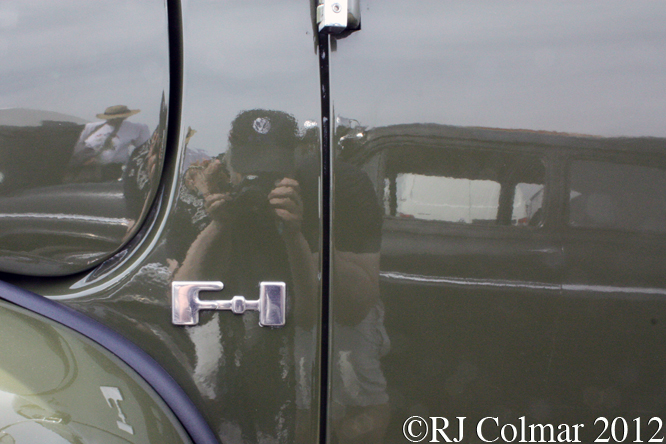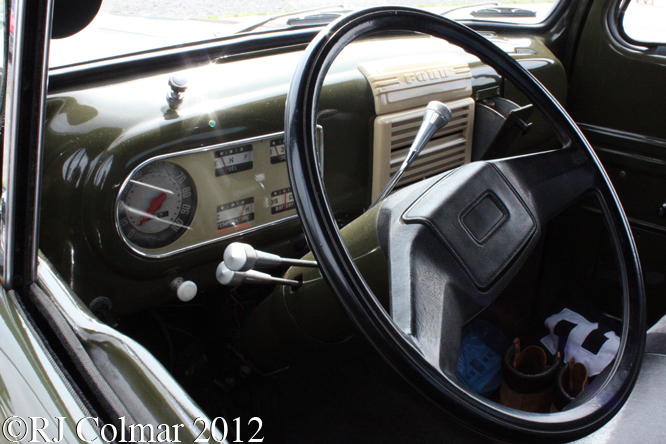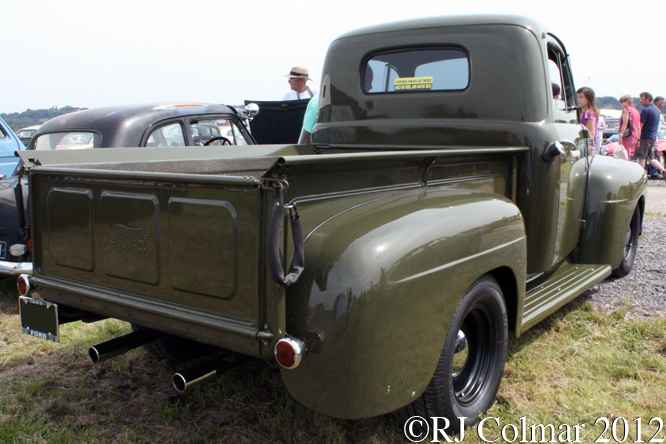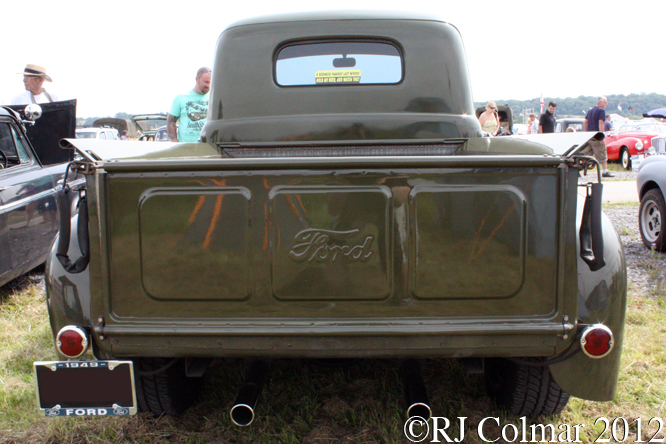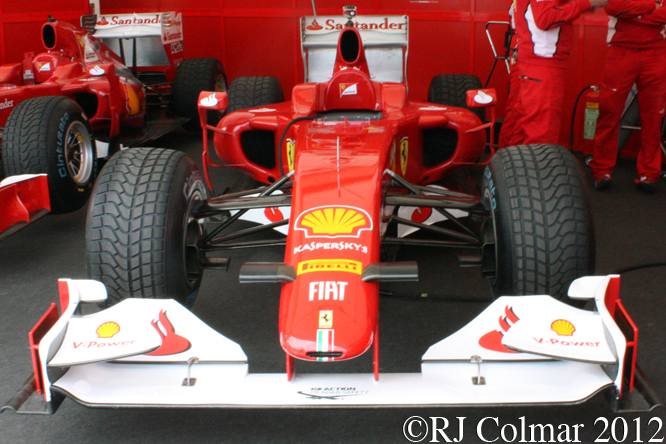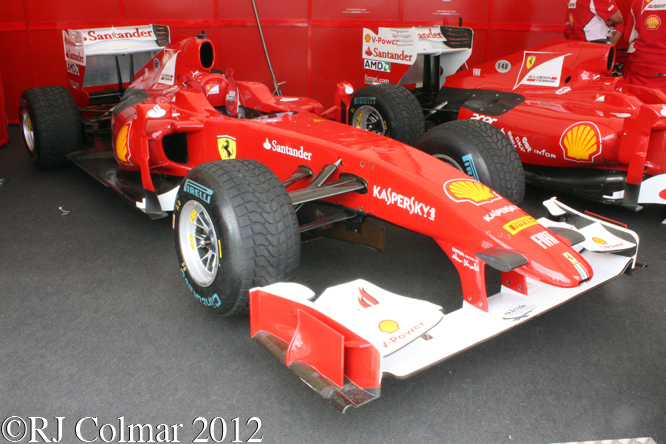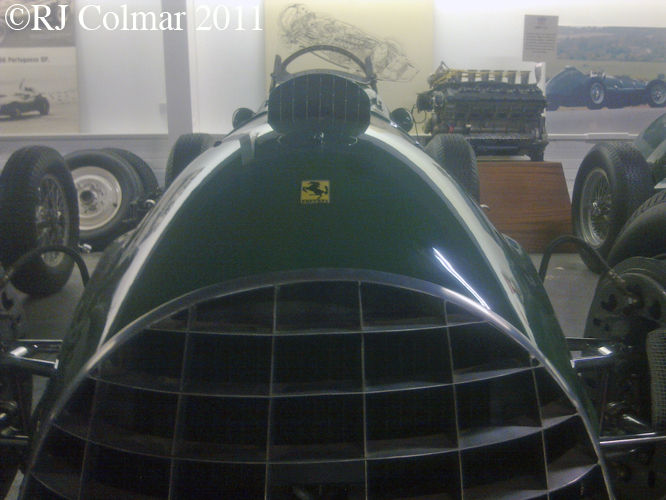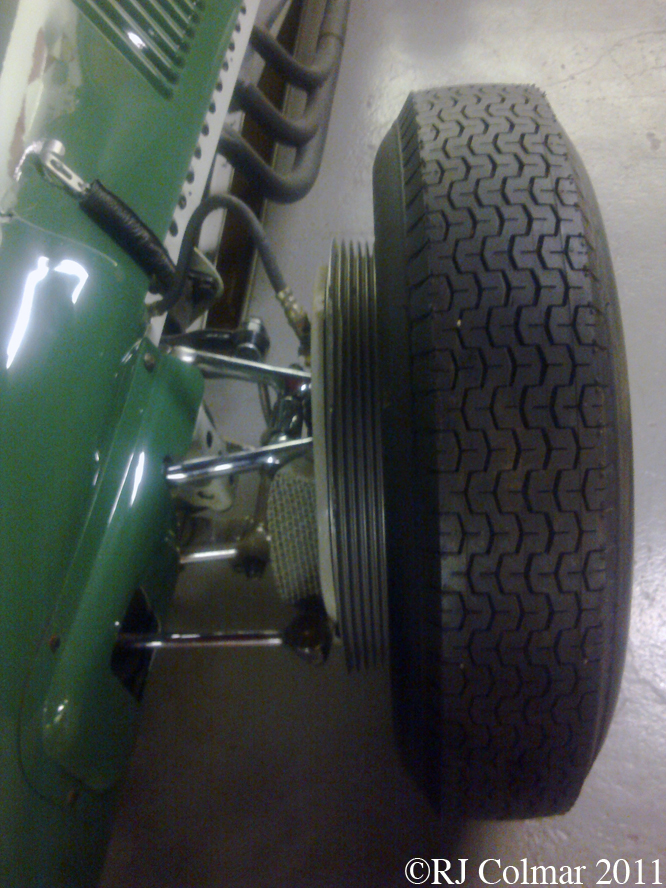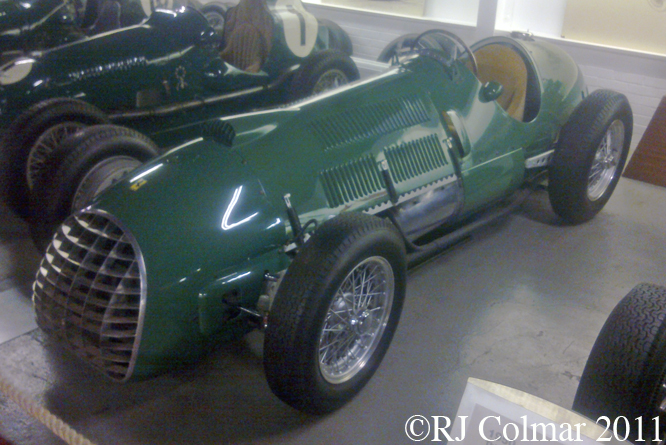Having snatched World Drivers Championship defeat from the jaws of Victory at the Abu Dahbi Grand Prix in 2010, where Fernando Alonso went into the last race of the season with a 15 point lead over third placed Sebastian Vettel but left 4 points in arrears to the German in the final Championship standings, Ferrari regrouped for 2011 building a new vehicle with the design credited to Aldo Costa and Nicholas Tombazis which was known at its launch as the F150 in celebration of Italy’s 150th unification anniversary.
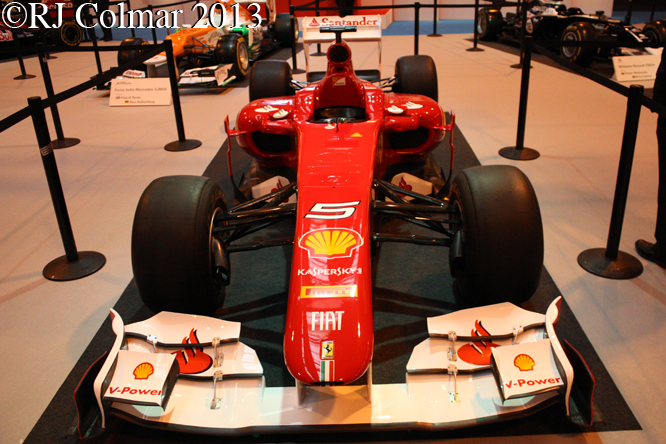
Formula One attracts controversy like flies to jam and a large number of jokes by even the most technical minded Formula One anoraks aside it was not long before Ford objected to Ferrari’s use of the trade marked F150 name and eventually Ferrari settled on the 150° Italia in which the ‘°’ stands for the ordinal cento cinquantesimo or one hundred and fiftieth in English.
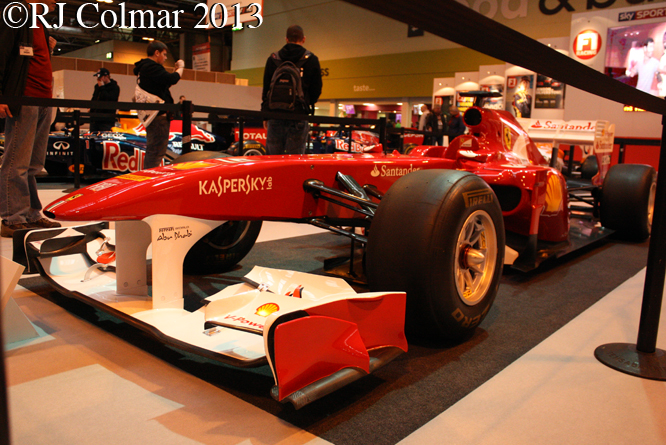
Technically Ferrari’s 2011 2.4 litre/146 cui V8 powered challenger was caught on the hop having failed to spot the potential handling benefits of off throttle blown diffusers, a failure which echoed Enzo Ferrari’s assertion that aerodynamics are for teams that cannot build engines.
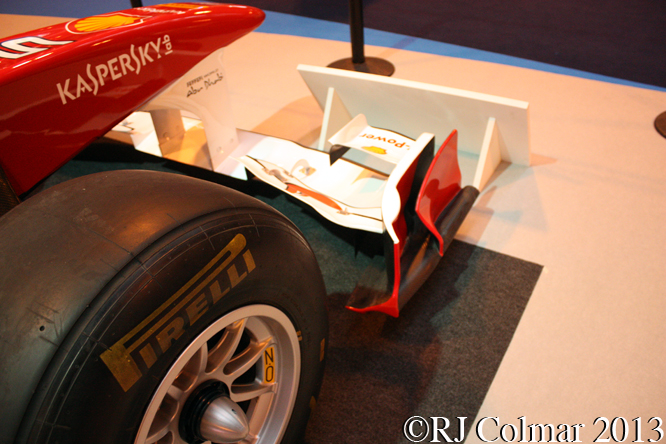
As a consequence Alonso was rarely in contention for podium finishes as Red Bull and McLaren who had refined their off throttle blown diffusers, won the opening 8 races of the 2011 season with Sebastian Vettel in the Red Bull winning 6 and Lewis Hamilton and Jenson Button driving McLarens winning the remaining two.
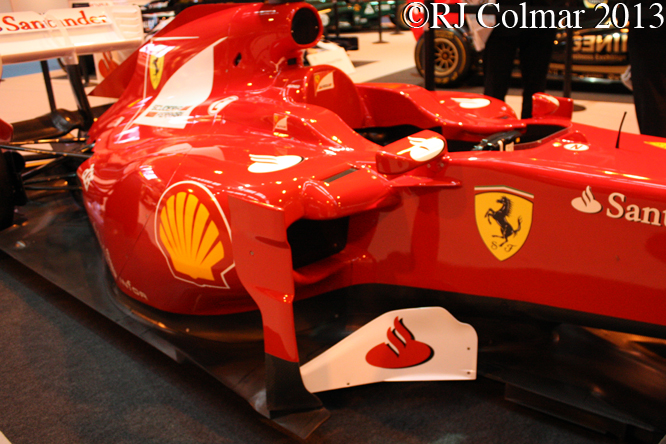
For the ninth race of the season the British Grand Prix Ferrari had managed to persuade all the teams that they should run without off throttle blown diffusers, which basically hooked up an electronic engine programme to wind up the engine speed when the driver was off throttle to force hot air through the exhaust into the diffusers which produced additional downforce when running off throttle through the corners.
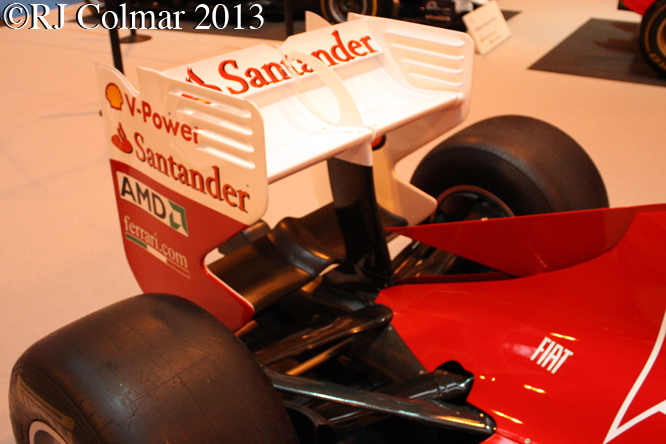
In the prevalent wet conditions which dried through the race Alonso, starting third, managed to beat the Lewis Hamilton driving a McLaren and Sebastian Vettel in his Red Bull to score the Ferrari teams only victory in 2011.
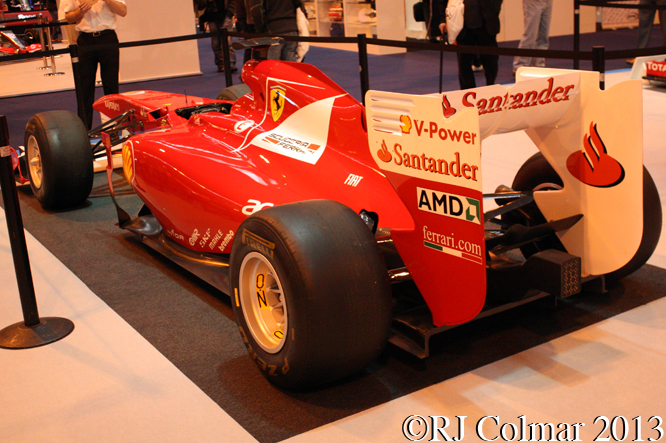
By the next race the teams despite objections from Ferrari and the Ferrari powered Sauber team reverted to running off throttle blown diffusers in anticipation of a ban on these devices for 2012.
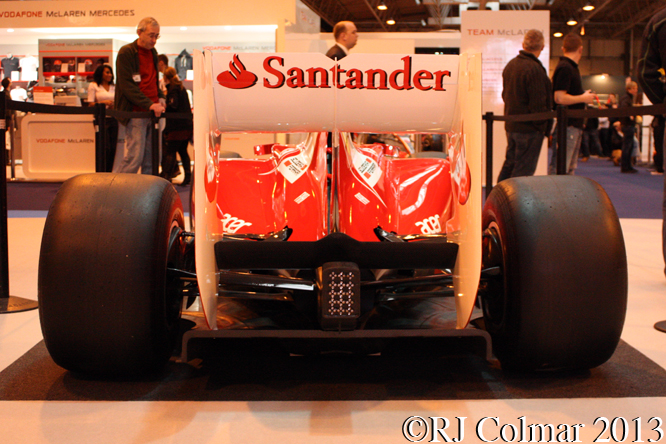
Ferrari ended up a distant third in the manufactures championship behind Red Bull who scored six further victories to take their 2011 total to 12 and McLaren who scored four further victories in the 19 race season.
Fernando finished the 2011 championship 4th behind Vettel, Jenson Button and Mark Webber who scored just one point ahead of the Spaniard. De facto Ferrari number 2 driver Felipe Massa was lucky to keep his Ferrari seat for 2012 after he finished 6th in the championship 99 points behind Lewis Hamilton having failed finish any higher the 5th all season.
Thanks for joining me on this “It’s Not A Pick Up Truck” edition of “Gettin’ a li’l psycho on tyres” I hope you will join me again tomorrow. Don’t forget to come back now !
